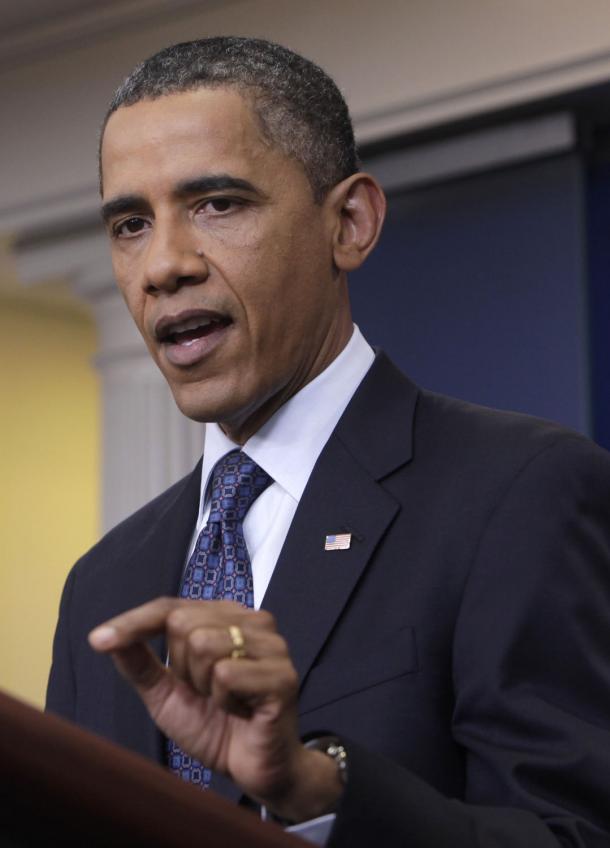 Larry Ribstein — the law professor who has done more than anyone in the blogosphere to decry the enormous financial and human cost of the federal government’s criminalization of business lottery over the past decade – highlights in this blog post Ninth Circuit Judge Alex Kozinski’s lucid concurrence in the Ninth Circuit’s reversal of the business fraud conviction of former Network Associates CFO, Prabhat Goyal:
Larry Ribstein — the law professor who has done more than anyone in the blogosphere to decry the enormous financial and human cost of the federal government’s criminalization of business lottery over the past decade – highlights in this blog post Ninth Circuit Judge Alex Kozinski’s lucid concurrence in the Ninth Circuit’s reversal of the business fraud conviction of former Network Associates CFO, Prabhat Goyal:
This case has consumed an inordinate amount of taxpayer resources, and has no doubt devastated the defendant’s personal and professional life. The defendant’s former employer also paid a price, footing a multimillion dollar bill for the defense. And, in the end, the government couldn’t prove that the defendant engaged in any criminal conduct. This is just one of a string of recent cases in which courts have found that federal prosecutors overreached by trying to stretch criminal law beyond its proper bounds. See Arthur Andersen LLP v.United States, 544 U.S. 696, 705-08 (2005); United States v. Reyes, 577 F.3d 1069, 1078 (9th Cir. 2009); United States v. Brown, 459 F.3d 509, 523-25 (5th Cir. 2006); cf. United States v. Moore, 612 F.3d 698, 703 (D.C. Cir. 2010) (Kavanaugh, J., concurring) (breadth of 18 U.S.C. ¬ß 1001 creates risk of prosecutorial abuse).
This is not the way criminal law is supposed to work. Civil law often covers conduct that falls in a gray area of arguable legality. But criminal law should clearly separate conduct that is criminal from conduct that is legal. This is not only because of the dire consequences of a conviction-including disenfranchisement, incarceration and even deportation-but also because criminal law represents the community’s sense of the type of behavior that merits the moral condemnation of society. See United States v. Bass, 404 U.S. 336, 348 (1971) (“[C]riminal punishment usually represents the moral condemnation of the community . . . .”); see also Wade v. United States, 426 F.2d 64, 69 (9th Cir. 1970) (“[T]he declaration that a person is criminally responsible for his actions is a moral judgment of the community . . . .”). When prosecutors have to stretch the law or the evidence to secure a conviction, as they did here, it can hardly be said that such moral judgment is warranted.
Mr. Goyal had the benefit of exceptionally fine advocacy on appeal, so he is spared the punishment for a crime he didn’t commit. But not everyone is so lucky. The government shouldn’t have brought charges unless it had clear evidence of wrongdoing, and the trial judge should have dismissed the case when the prosecution rested and it was clear the evidence could not support a conviction. Although we now vindicate Mr. Goyal, much damage has been done. One can only hope that he and his family will recover from the ordeal. And, perhaps, that the government will be more cautious in the future.
As Professor Ribstein has been saying for years, the problem with this policy is that the government is prosecuting agency costs, such as KPMG pushing the edge of the envelope on tax shelters or Andersen not using very good sense in carrying out its document retention policy.
There is a big difference between prosecuting agency costs and prosecuting clear-cut crimes, such as embezzlement. The difference relates primarily to the nature of the evidence involved, the relevance of contracts, and the subtleties of dividing responsibility between corporate actors.
Professor Ribstein has put it this way. Suppose somebody mugs you on the street. There is no question that is a crime.
However, what if the mugger asks you first if he can borrow your wallet, you loan it to him, and then he doesn’t give it back in time? What if the mugger asks your employee who’s running the store for you whether he can borrow some money, the employee allows it and then the mugger doesn’t pay it back? What if the "thief" is another employee who says the manager gave him the money as bonus compensation?
Who is liable in these situations turns on the contracts among the various parties. Proof depends on who said what to whom. Can we rely on what the witnesses say about this? What if the prosecutor tells the employee who’s minding the store that he’ll not face prosecution for conspiracy if he spills the beans on the other employee who says that the manager gave him bonus compensation?
Society needs to have appropriate punishment and accounting for clear-cut crimes. But in cases such as Enron or Lehman Brothers, the civil lawsuits — unlike the criminal prosecution – included all the people involved, including the directors who approved wrongful corporate conduct and accountants and lawyers who may have facilitated it. That is a much more rational and effective way in which to deal with agency costs than attempting to make them appear to be clear-cut crimes, which they simply are not.
Finally, criminal prosecutions over merely questionable business judgment obscure the true nature of risk and fuel the myth that investment loss results primarily from criminal misconduct. Taking business risk is what leads to valuable innovation and wealth creation. Throwing creative and productive business executives such as Michael Milken and Jeff Skilling in prison does nothing to educate investors about the true nature of risk and the importance of diversification.
The supposed payoff to criminal prosecutions of agency costs is deterrence. But some businesspeople will keep on pulling these shenanigans regardless of the prosecutions, while the legitimate risk-takers who create jobs and wealth for the community sorts will be the ones who are deterred.
I’m not suggesting that the Bernie Madoffs of the world should be encouraged. But the cases against businesspeople such as Milken, Skilling, Hank Greenberg, Jamie Olis, the NatWest Three and the Merrill Lynch bankers are fundamentally different than Madoff’s scam, and I am not comfortable that politically ambitious prosecutors can tell the difference. As Professor Ribstein notes in another article, “prosecutors turn up the fire [in mounting dubious business prosecutions] and then sell extinguishers.“
Like this:
Like Loading...







